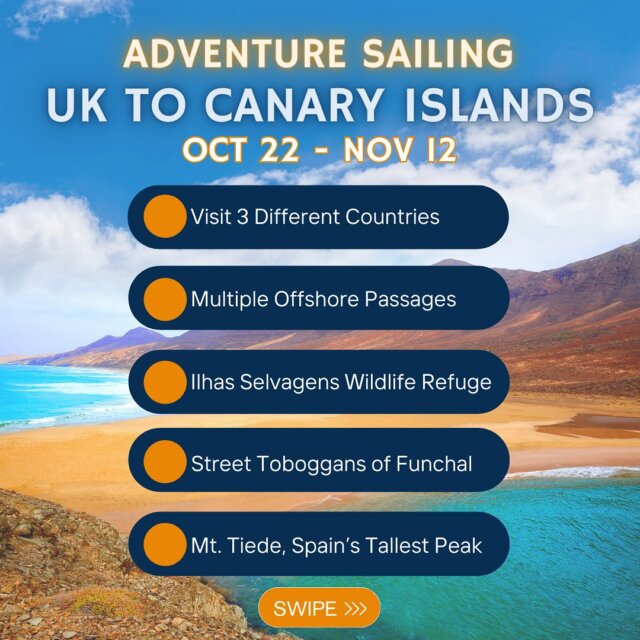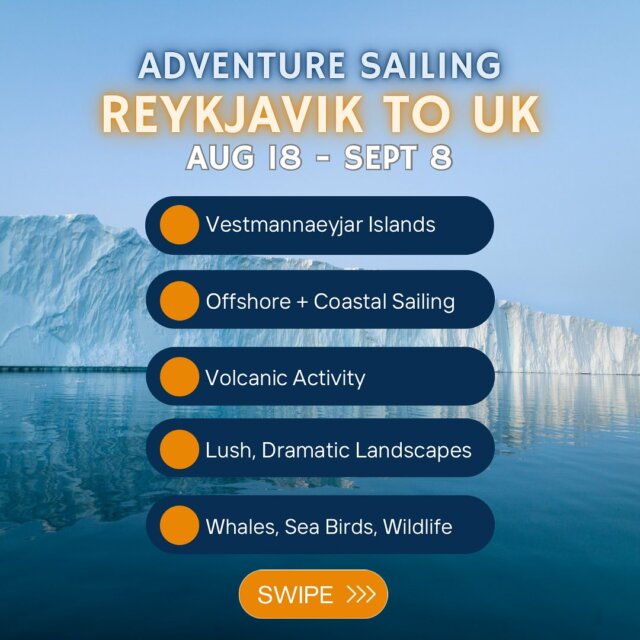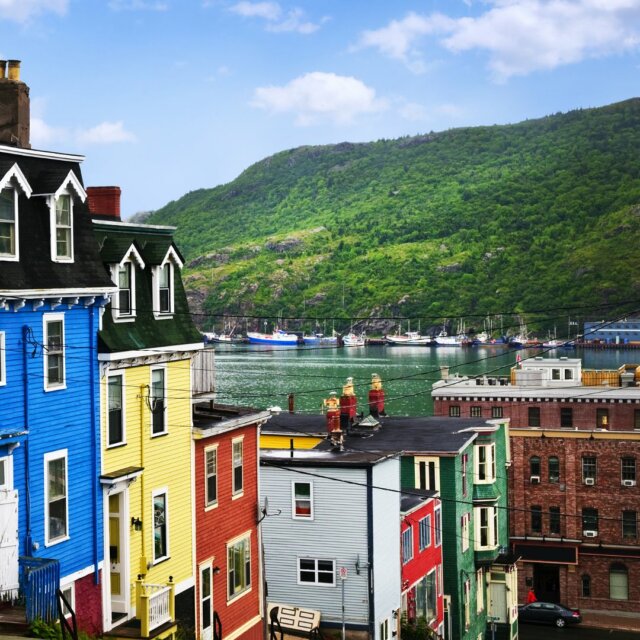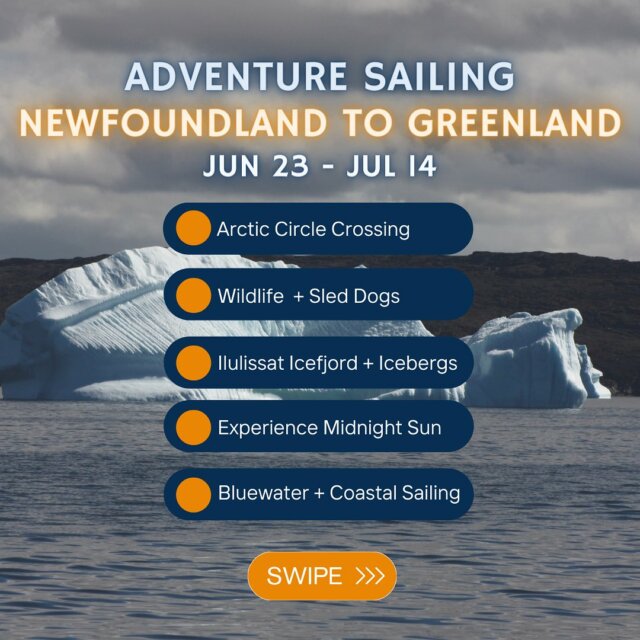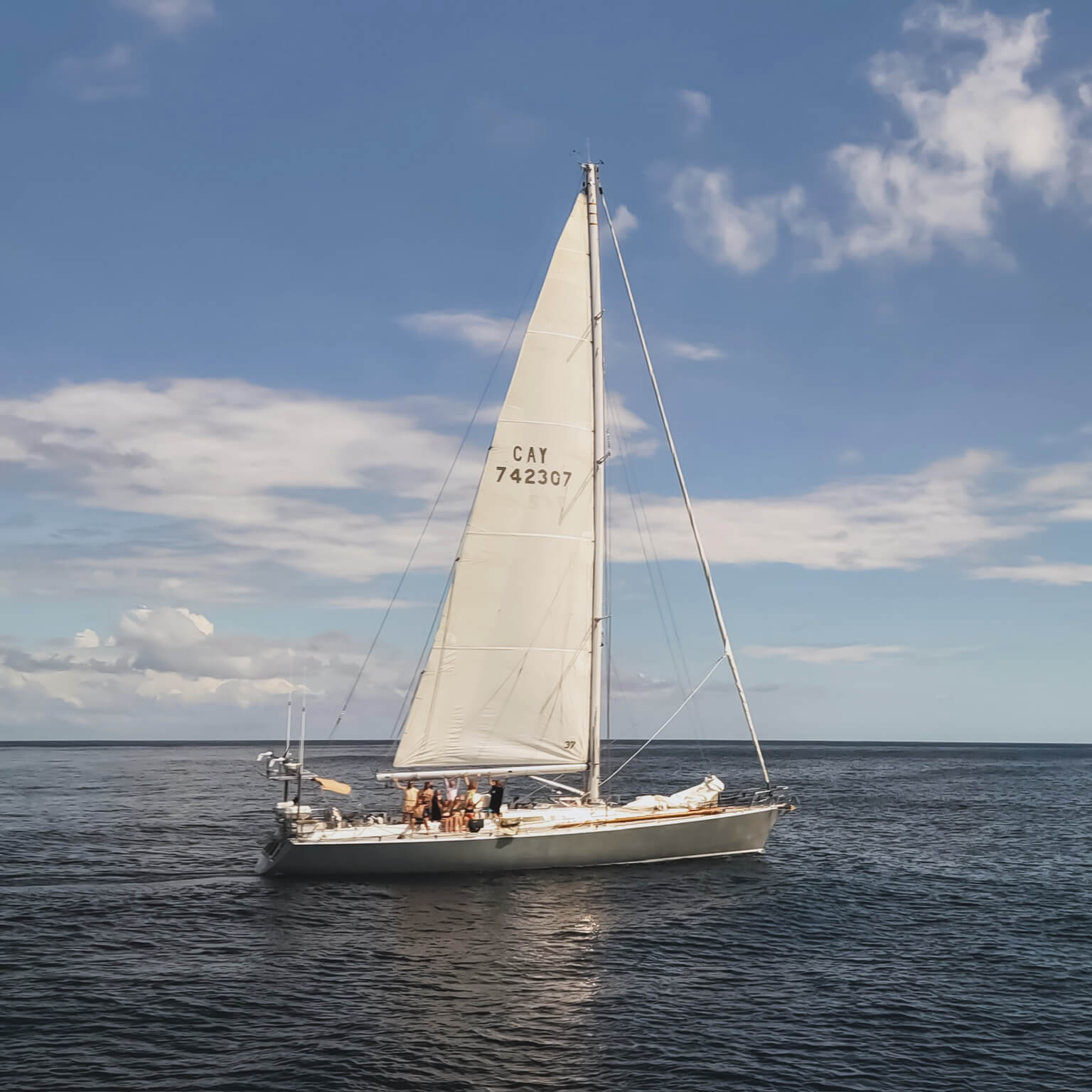We’re here!
After 2 weeks of punishing storms, pelting rains, 40-knot winds, and life at a constant 45 degree angle, we’re here, in the western edge of the accumulation zone in the South Atlantic Gyre (SAG). We all feel a bit like we’re emerging from a time warp, crawling out of our cocoons and remembering why were here. Man does it feel good….
The day began auspiciously, with our first dolphin sighting at 5:00 am. Marcus, James, Mary and I were on watch, pulling up the manta trawl when James spotted a pod of 20-30 dolphins off the starboard side, flying through the water in a breathtaking succession of airborne arcs. Before I had time to wake the crew (all had requested a wake up at the first sighting of dolphins or whales) they were gone.
“At least we know they’re out there” said Mary. “I was beginning to feel like were all alone here!”. Its remarkable how little life one seas on the oceans surface during a crossing like this. We know that just below our line of sight, an entire world opens up – a planet almost as foreign to us as outer space. Billions of organisms, from the microscopic plant life that helps regulate our climate, to the bizarre, alien life of the deep. Yet from our boat, we see nothing but open water.
SLIMEHEADS IN THE SAG
Our daily trawls are our only hint to the wonders that live below. Today we found a fascinating creature – one we saw often in the Sargasso Sea: juvenile eels, also called “Leptocephali” or “Slimeheads”. These eels swim all the way from Europe and North America to spawn in the Sargasso Sea, after which the adults likely die and sink. Once the babies are borne, they begin an epic journey, swimming thousands of miles to return to their birthplace – freshwater ponds and rivers on either side of the Atlantic. This homing pilgrimage takes 1-2 years! Very little is known about these eels in the open ocean…
ENTERING THE GARBAGE PATCH
Today’s trash sightings leave little doubt that we’ve entered the “accumulation zone”, the region Nicolai Maximenko’s computer model
predicts will have the most dense accumulation of trash based on drift buoy data.
This morning, we pulled up a fishing float covered in barnacles, and a plastic
bottle, also fouled with bryozoans and goose-necked barnacles. The bottle was a bit harder to grab with our nets – after circling the bottle three
times, Marcus finally jumped overboard to grab it – not an experience any of us want to repeat again. Jumping overboard in the open ocean is no joke….
By now, the entire crew was on deck, looking for trash. Bonnie took a firm stance on the bow, gazing out to sea for hours, and counting at least 20 objects float by. Rich counted another 15-20. We tried in vain to net a blue bucket, which quickly drifted out of reach. We’re seeing more fragments in
our trawls, and are hoping that the seas calm even more in the coming weeks. We’d love to collect enough plastic for our pro surfer James Pribram to build a custom “gyre board” using recycled trash….
Less than 2,000 miles to go till Cape Town. Now its time to prepare for our Thanksgiving feast on board. Jody is prepping, and Stiv has assigned a list of sous chef duties for the big day. We will surely be giving thanks for this change in the weather!
